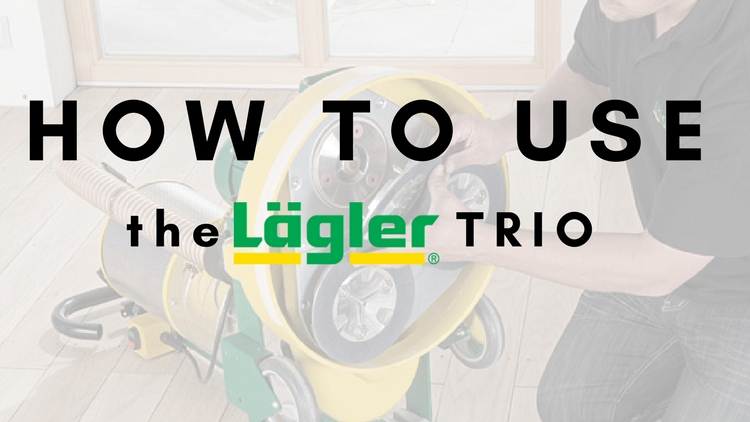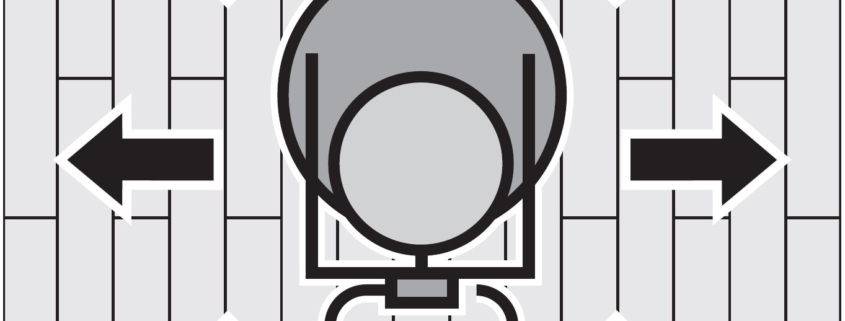
You are here:

Those who don’t know call the Lägler TRIO a buffer. Only those who don’t know.
The way to feel what’s what is to get your hands on the TRIO and do some work – and to make sure you’re using it the right way.
That comes with getting some practice laps at the source: Lägler’s Premium Sanding Technology (PST®) certification training.
Next best? Read what’s below. It’s based on Lägler’s “Sanding of Wooden Floors” manual (download free PDF).
The TRIO is designed with two functional advantages:
Fine sanding using the TRIO generally begins with hook-and-loop sanding discs starting at 60 grit. You can sand with the TRIO up to 150 grit, depending
on the wood species and the subsequent surface treatment.
If you want to take it one step further, use sanding screens after the final sanding step. Use screens at the same grit as the sanding disc used in the
final sanding step.
One difference between the TRIO, the industry’s original multidisc sander, and a buffer is it packs the power for pre-sanding, too. You can use 40 grit
to smooth out minor over- and under-wood.

To create high-quality surfaces when using the TRIO for fine sanding:
If you want less aggressive cutting with the TRIO:
These methods especially give you an advantage when sanding uneven engineered flooring, helping to prevent the top layer from being sanded through.
To increase sanding abrasion with the TRIO:
Warning: Excessively slow walking speeds or continuous sanding in the same spot creates too much heat. That can cause burn marks on the wood flooring and
clogging of the abrasive. If a spot requires extra sanding, make sure to repeat sanding at appropriate time intervals.
The wood species and the surface treatment to be carried out after the fine sanding determines the grit number of the final sanding step.
The TRIO can be used for intermediate finish sanding with sanding screens.
The application of a used sanding screen and the removal of the additional weight is recommended to reduce the risk of sanding through the finish layer
during intermediate finish sanding.
Sanding pads also can be used on the TRIO for the intermediate finish layer.
When sanding cork:
Check surface quality and perform additional sanding steps depending on the result.
Last note: Clean the filter cartridge regularly.
Adding the TRIO to your roster of equipment is a next-level play. It’s for craftsmen who raise the bar for quality and give themselves the opportunity
to command a next-level place in their market.
We know it takes real commitment to the investment. We welcome you and your crew to join us for a one-day Lägler PST training class. Test drive the TRIO
and get started the right way.
How to Minimize Sanding Efforts + Maximize Business Profits

Lägler North America, a division of Palo Duro Hardwoods, is the North American distributor of machines and parts manufactured by Eugen Lägler GmbH in Germany. We are North America’s machine repair center, and offer Lägler’s one-day Premium Sanding Technology (PST®) certification course.
Copyright © 2020 Lägler North America. All Rights Reserved.